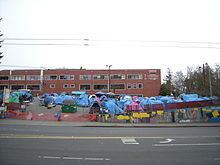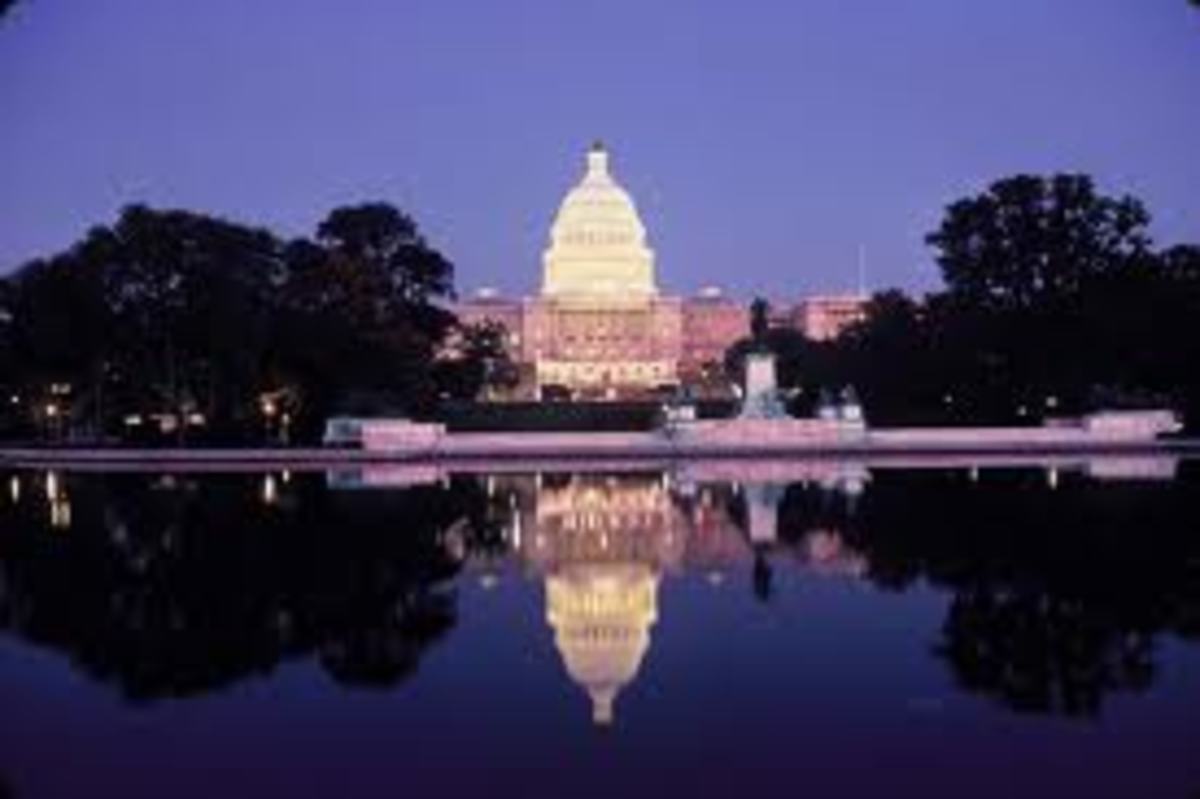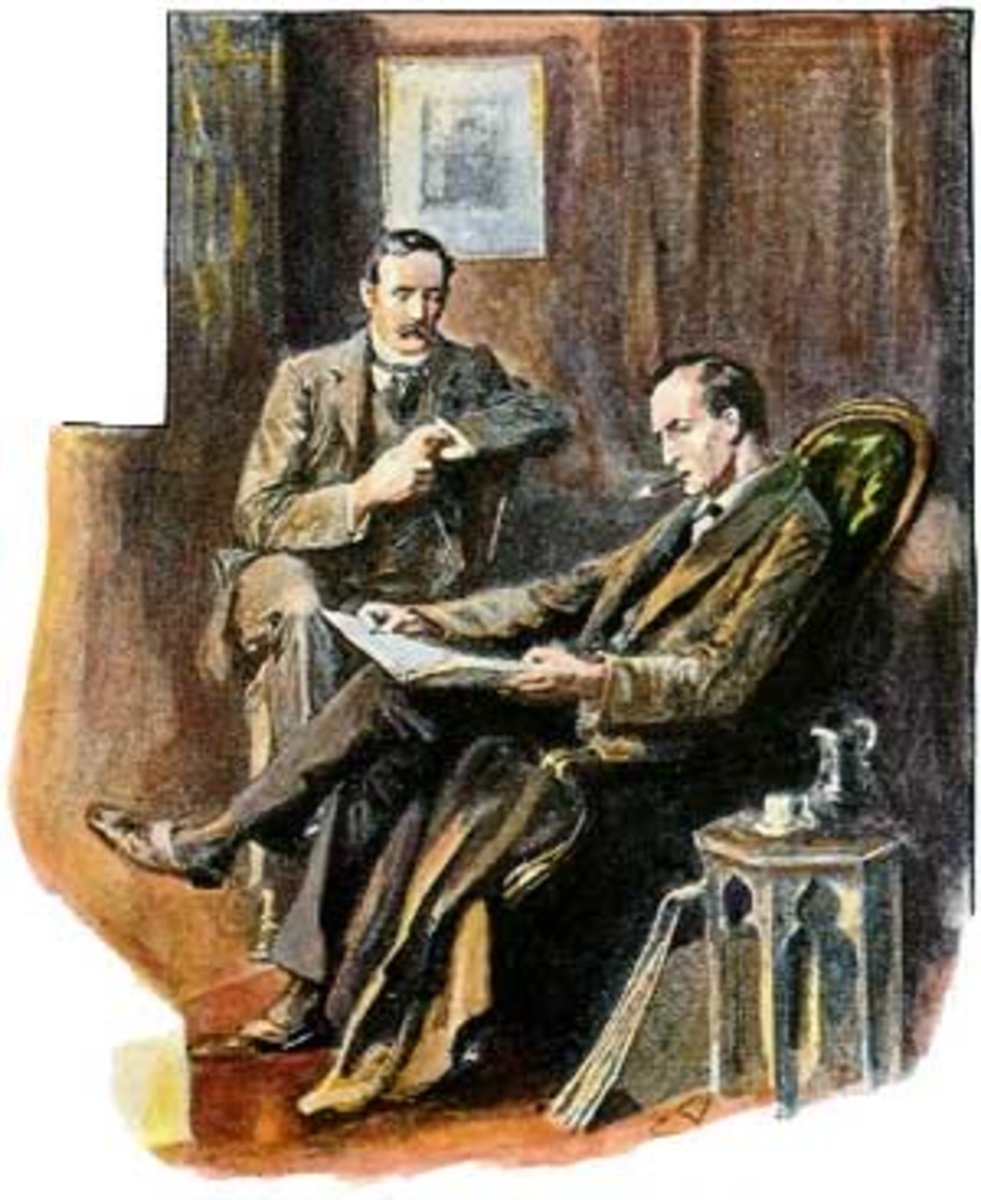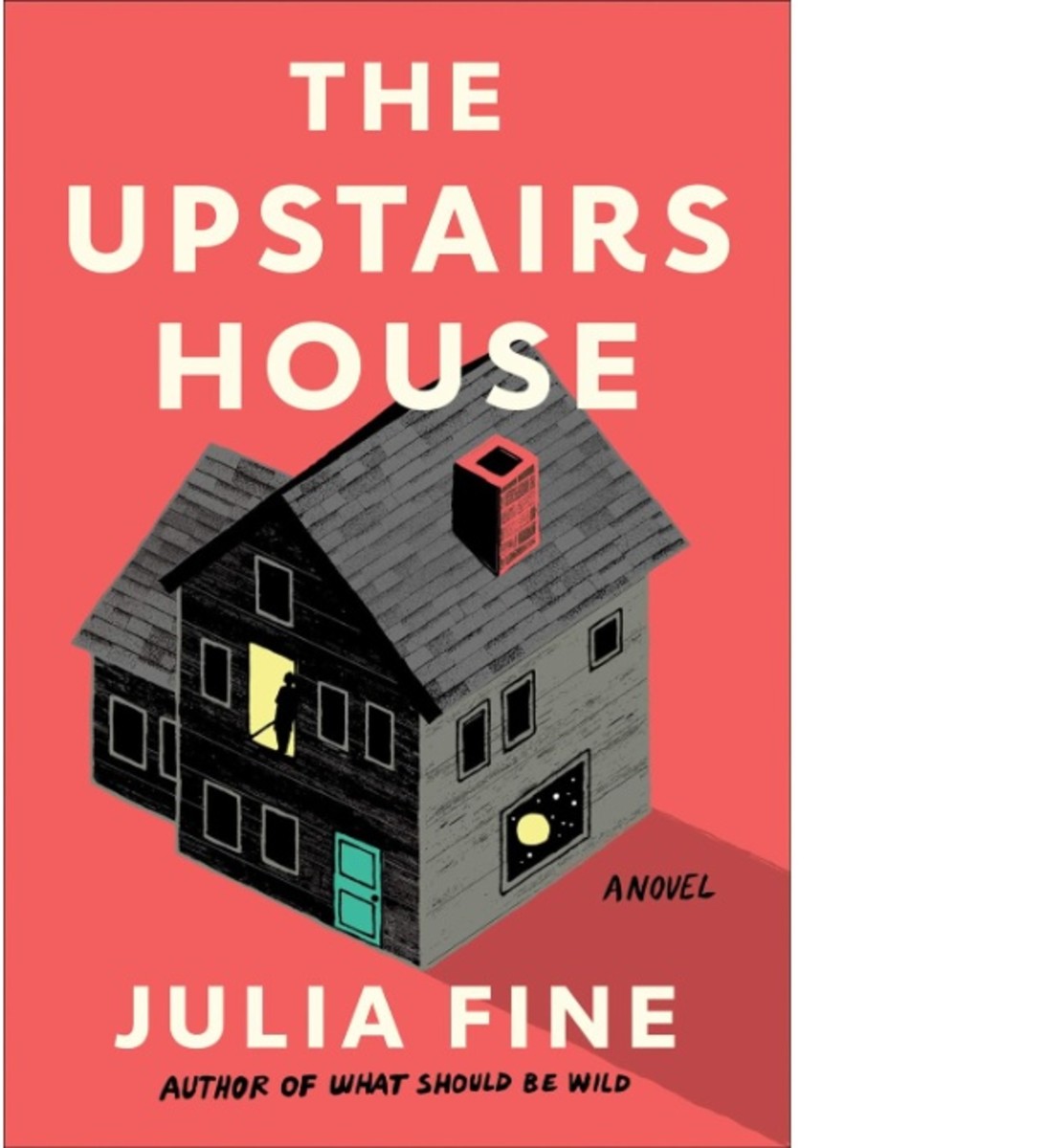Viral Implosion - chapter ten

Those aware people with a few years on them could sit back and notice how different the world was from twenty years before. On a large scale, there were no more suburbs hovering around large cities. One could only find a suburban life style in the Midwest, within walking distance of a manufacturing, farming or ranching facility. Trains bustled through towns without stopping. Airlines no longer advertised on television. Bicycles became the transportation of choice.
A person wanting to stroll around the local shopping area found nothing but empty storefronts, many converted to apartments, since the stores had a bathroom and were easily outfitted with kitchen appliances. The large front window areas were ideal for living rooms and master bedrooms, a new wrinkle on the term of row housing. Malls went through a similar dissolution. Enclosed malls were much like a mini community. The large anchor stores became communes of a sort, with makeshift walls separating departments-turned-rooms.
Designer clothing became strictly retail. The quality of the clothes was still superior, but there were no longer collection shows nor custom sales. Women’s clothing followed the already existing trend in men’s clothing – custom fitting for high-priced clothing. Only jewelry seemed unchanged, ranging from beads to diamond bibs. Shoes had become more expensive, so lower income people owned only those needed: one pair of black shoes, one pair of boots, one pair of sneakers.
The federal government released a great deal of control, especially when it came to regulatory agencies, educational funding, communications and media management, transportation, and subsidies. There was no more FCC, FAA, FDA, USDA or EPA. Income came from tariffs on other countries’ imports, income taxes and corporate taxes. The tax schedules were completely revamped to be ten percent across the board, and loopholes were repealed. This allowed the economy to function on a supply-and-demand basis rather than on federal manipulation. Tax income dropped a bit, but federal spending dropped a lot, having eliminated tens of thousands of federal jobs. The tax and tariff income was directed at maintaining Washington, DC, and the functionality of the federal government.
In the United States, state government basically followed the trends of federal government – quiet repeal of the vast majority of laws, especially anti-monopoly, anti-trust, regulation, workers’ protection and environmental issues. The few new laws were basically to retake states’ rights and responsibilities free of federal control and funds. Because of the lower income this created for the states, priorities had to be set. Major highways were maintained and plowed. State colleges started to close up, except those which were considered exceptional, such as UCLA and some SUNY campuses. State funding of elementary and secondary schools no longer existed. Railways, trestles and bridges were maintained by the states in which they resided. A bridge between states would be maintained by sharing the cost between the states involved.
While the federal and state changes were sweeping, they were made incrementally and therefore almost invisibly. It was on the municipal level that the ordinary citizen saw the most impact. Entire towns, especially on the coasts, dissolved for lack of residents who could pay taxes and afford living costs. In the cities, low-income people either emigrated, died for lack of medical care (like they say, Death is the poor man’s doctor), or ended up living on the streets, often creating tent cities both in urban and suburban areas. Electricity, gas and water supplies were left running – but if there was a problem it was not handled, so eventually the utilities failed.
With the availability of so much real estate, corporation headquarters were usually settled into the larger cities. This gave their wealthier employees access to the arts and facilities while offering housing to the lower income employees. Five-star hotels were maintained for high-ranking business people; the remainder became “flop houses”. Motels disappeared entirely. Nightclubs dwindled, since traveling to and from them was fraught with danger from unlucky survivors. Instead, large venues such as the Santa Fe opera house and hotel ballrooms became the sites for entertainment. Of course, this meant there was still a demand for musicians, actors, dancers, and even the Cirque de Soleil. Movie theaters moved into these venues, since Hollywood still flourished. Subways were blocked off entirely because people were converting the tunnels into living quarters.
The smaller towns that survived had to work with a smaller tax base, which affected virtually every aspect of civilian life. Schools consolidated, closing as many as possible; class size in elementary and secondary averaged 40-45 students. Herbalists, often self-taught, took over the role of doctor and pharmacist. Vending machines disappeared. Lighthouses stopped functioning. Towns could no longer maintain fire houses, trucks and equipment. While firefighting was voluntary, dwindling supplies forced the firefighters to just isolate the conflagration and the fires were left to burn themselves out. Local libraries were no longer funded, but the doors stayed open – many people borrowed self-help literature and spiritual literature to cope. The sense of community stayed alive and the books were usually returned. Huge libraries in major cities, the surviving universities and the Library of Congress continued. Art stores, book stores, luncheonettes, ice cream parlors and other specialty stores closed up, being more apt to be prey to looters and thieves than customers. Fishermen had to sell to the conglomerates, and at a price they were told to accept. Local government was pared down to a city manager (who also functioned as town clerk) and a few volunteer councilmen and women. Plowing and landscape care became a community project, with a tax break for anyone participating. Telephone lines were subject to old-fashioned hacking. Since cell towers were maintained, cellular phones were the main form of communication.
The suburban areas around manufacturing/ranching/faming hubs found retail to consist of one large multi-department store such as Sears. What did spring up were cottage industries – those members of an employee’s family with special skills would sell their own products out of their homes. This included sewn, knitted and crocheted clothing, pottery, woodwork, special recipes, and gardening. Sometimes these were ‘sold’ through bartering for another’s skills. The barter system was more affordable and avoided arrest for illegal sales. The hub company maintained utilities and roads.
Indian reservations in the United States were badly hit. They had already been “granted” the worst, most sterile land for their nations. Then the best revenue source – casinos – started dwindling, as more people didn’t find enough discretionary money to waste on gambling. Some tribes actually raided USA lands in the hopes of gaining arable soil, fishing sources and even wild animal havens. Zoos and circuses had folded, and rather than incur the expense of euthanizing them, the animals were often set free in forests and national parks to fend for themselves. While municipalities would license fishing and hunting, the reality was that there were no personnel to police these activities. So towns and cities got a little income, but people did as they pleased. The hunting and fishing seasons were still published, since this was an effort to ensure more populations the following year, and during licensing these regulations were explained to the person applying for the license, along with the reasoning.
In the Mideast and most of Africa, there was a rapid reversion to old emirate and tribal loyalties. Borders between countries were ignored as the old warlord mentality took over. Needless to say, such global activities as Olympics and World Fairs disappeared. Since currency was no longer based on gold, each country printed what it chose to, but the exchange of currency stayed pretty well within country borders. Trying to stay current with exchange values was impossible. Countries and tribes were tending to depend on barter as well as individuals.
The federal post offices closed up. Letter and package delivery was left to private companies, so prices started soaring. Magazines stopped publishing. There was no second-class mail, so advertising by mail dried up. People began depending solely on e-mail to maintain communication with family and friends. Of course, this meant that the mail could be traced, recorded, and evaluated, along with the danger of writing before one thinks it through. Because the “tone” of e-mail can often cause unwanted offense, people were more inclined to talk in person or by phone.
The work environment seemed to devolve. Corporations had learned a couple of good lessons – happy people are more productive, and technology is not a frill. People were paid hourly and allowed to split their hours with a family member or friend, as long as the time was covered. There were no shift differentials, nor special holiday pay. National holidays and minimal sick day pay were maintained. If a person complained verbally, in writing or in public forums, he or she would lose his or her job. If the complaints were against a previous employer, the current employer would get rid of the person as a potential troublemaker. And if one was fired for criticism, he or she was also fined heavily. Whenever possible, contracts were abolished. This was mostly a problem with unionized shops, but eventually the desperate need for work made people drop out of unions. Prospective employers not only reviewed a person’s resume, they were diligent about contacting previous employers for references. With access to the person’s financial records, the employer could cull out people who are risks for bankruptcy or fraud. With access to medical records, the employer could predict whether a prospective employee will probably cost them in time off for child care, maternity, frequent illnesses and the like. With access to the DNA, the employer could even determine if the person applying had a risk of diseases not yet diagnosed. This helped fill the rolls with reliable people with good records and better prospects. Employers could even find out which political parties employees registered as and whether they were active in politics (which could be good or bad, depending on the affiliations).
In the medical arena, doctors called the shots since they owned the hospitals, pharmacies and insurance companies. To maintain this redirection of the patient’s funds, Physician Assistants and Nurse Practitioners were no longer allowed to prescribe medication. But they could continue to do examinations and interviews. Laws covering organ donations relaxed. Life became cheap, yet the need for organs continued. By leaving the decisions up to the local doctors, a lot of red tape was avoided. No more committees making choices, and no more releases required.
In general, the lesson learned from the prohibition era prevailed. By dropping federal management, states could set things up more in tune with their constituencies. And the more you ease regulation, the harder it is for criminals to profit from sales of liquor, cigarettes or organs.








